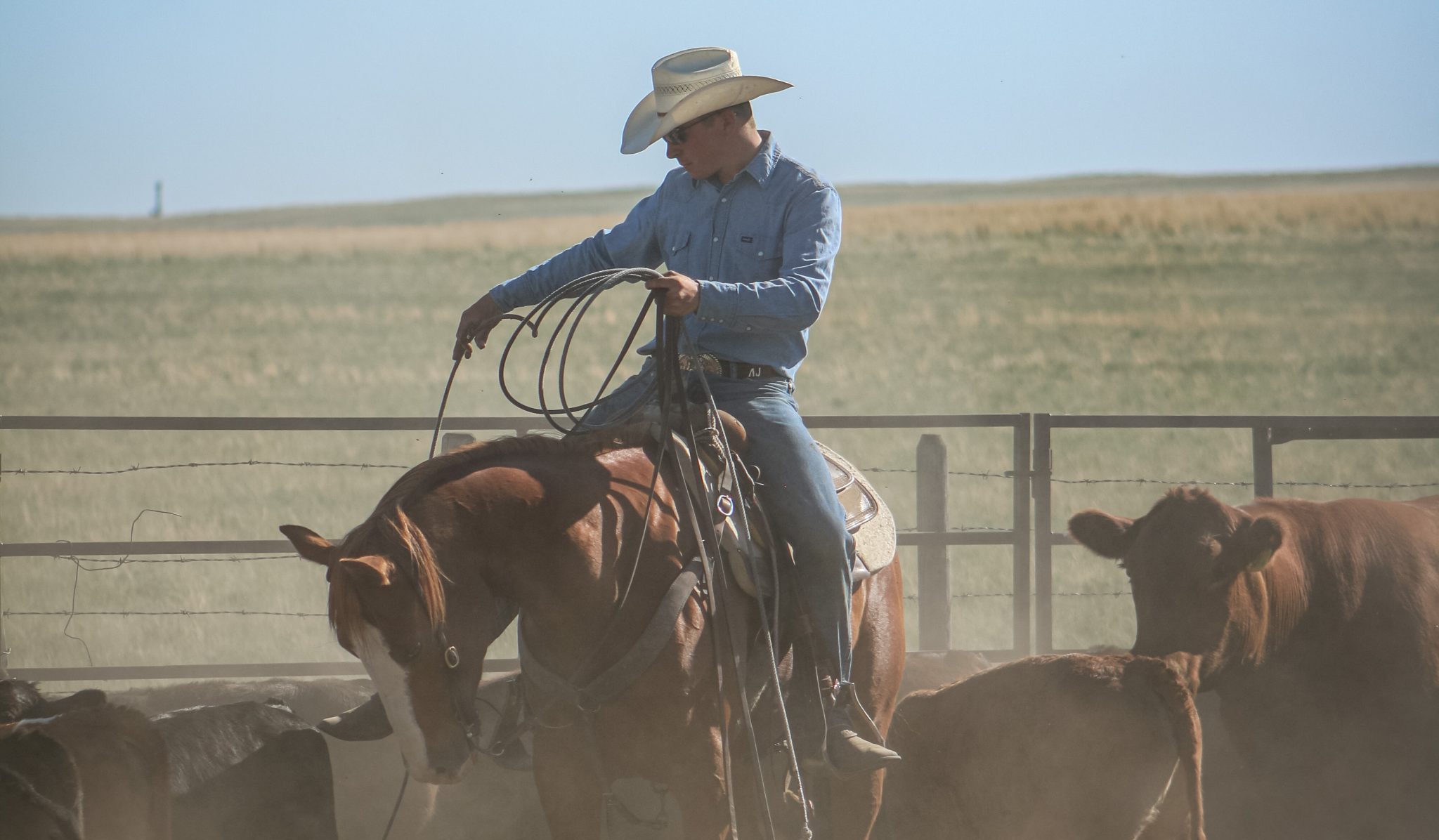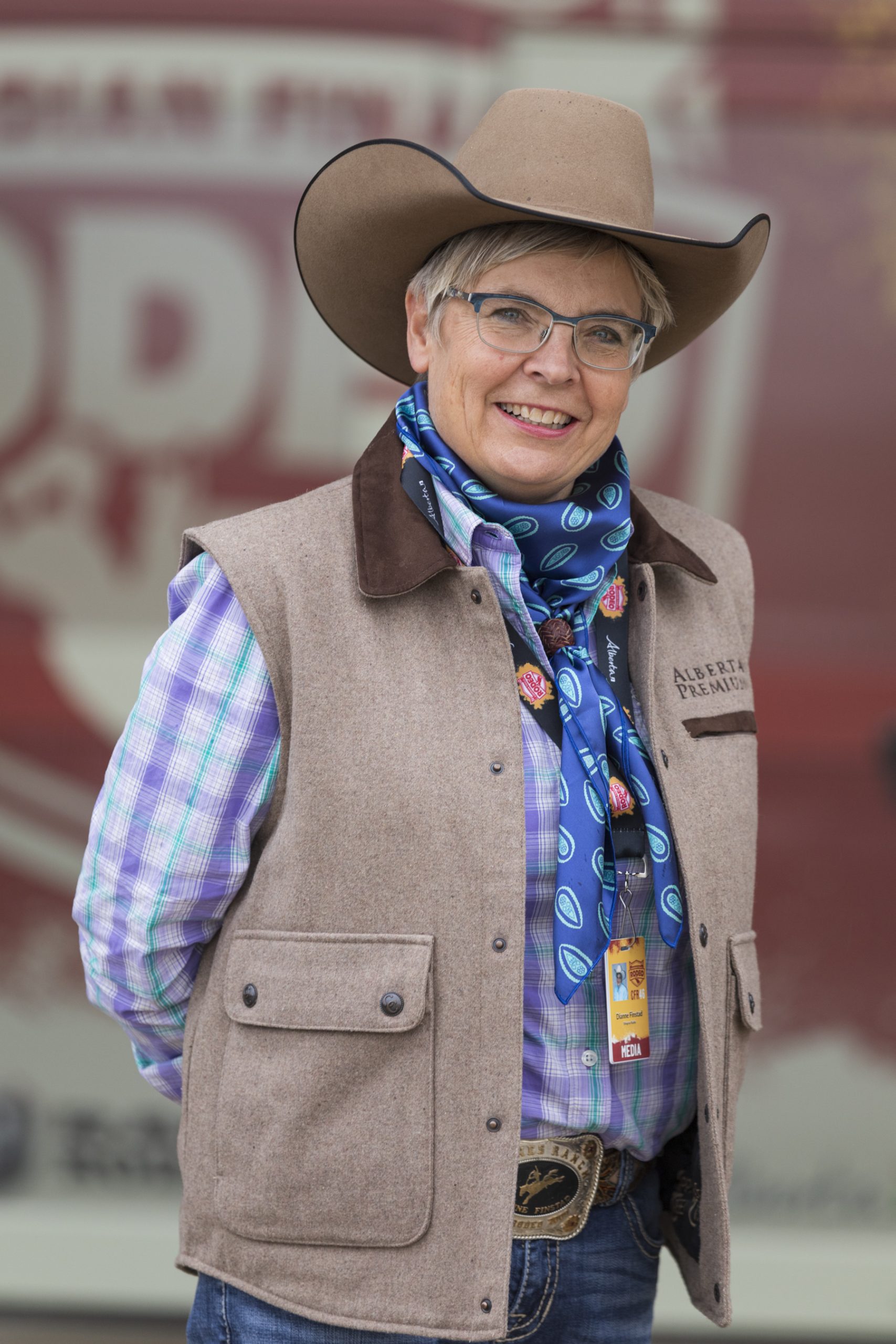AB Direct - Steers
Rail: 492.00-498.50 FOB feedlot (last week)
AB Direct - Heifers
Rail: 492.00-498.50 FOB feedlot (last week)
US Trade- Steers
Rail: 380.00 NE, IA (last week)
US Trade - Heifers
Rail: 380.00 NE, IA (last week)
Canadian Dollar
0.04

July Auction Market Update
Rain was the major spring cattle market influencer in Alberta. Lack of it meant early selling by some, while a few drops and the hope of more brought others in to buy. It became a fine line between gambling on the weather and prudent planning for a scarce resource.
“We’ve had more of a selloff of females than norm, because of the drought situation,” says Bob Perlich, manager of Perlich Brothers Auction Market in Lethbridge, as well as a partner at Foothills Auction in Stavely.
Southern Alberta was one of the hardest hit regions, and fears of a repeat drought, plus water shortages, led to more cow-calf pairs going to town.
“They’re getting to have to walk quite a ways to get water,” adds Perlich, who points out the feed assistance from the federal and provincial governments did ease the pain somewhat.
“That bought us time and it’s saved some, but not all.”
The larger spring sales didn’t only happen in the south. While there was better snow cover in the north, and some early spring moisture, Jim Pulyk described the rain relief as ‘spotty’. Pulyk is the fieldman covering northeastern Alberta for Northern Livestock Sales. He points out you don’t have to get too far south to be back in drought country.
“The grass conditions up in this area are very minimal,” says Pulyk, who saw early June sales as large as 1600 head at Lloydminster, at a time when normally the numbers are dwindling back to several hundred on a regular market day.
“That’s included a lot of butcher cows and bulls. Anything that’s not going to produce a calf is coming to town, and it has been for the last 12-14 months. We started our fall season last July first, and we haven’t really let up a whole bunch.”
Even in central parts of the province where moisture concerns are not as common, there was evidence of herd downsizing.
“It was darn sure dry enough,” says Patrick Cassidy, a co-owned of Olds Auction Market. “We were selling some pairs that had to get moved because of moisture – from the east country, more so than our neck of the woods.”
So where were the cattle finding homes? North and east, areas described as not that far away from being dry, but with more moisture than others. Some young calves, as well as pairs, even made their way to eastern Canada. While that’s not unheard of, the numbers were higher than usual.
Whether it was feedlots where grasser cattle would usually go before the pastures are ready, or ranches which had fed their last bale, feed supplies were depleted everywhere.
“People that normally wouldn’t sell pairs had to sell pairs this year,” notes Perlich.
In his area, it’s common for producers to stockpile an extra couple of years feed supply when they can. But that’s long gone.
“We’re in a very, very dangerous spot right now with feed. No matter what happens with the crop this year, even if it’s bumper, there isn’t going to be an excess amount of feed because we have to replenish our stockpiles. That’s the situation we’re in,” says Perlich.
Pulyk sees similar circumstances in his territory.
“The big difference (this year) is there are no reserves. The feed just isn’t there. There was no carryover of hay. So it makes them careful on what to do with the cows. The culling continues.”
All three livestock marketers report another trend of less available grazing ground, thanks to the high grain prices.
“Pasture goes away,” says Cassidy. “Lots have lost a quarter or half here or there, because somebody was willing to break that land up and pay way more rent, to try to get a crop off.”
A substantial rainfall around most of the province in mid-June gave a reprieve, raising pasture hopes for cattle producers. However, it was too late to help rebuild the future cow herd.
“Guys that normally would keep 40 replacement heifers might’ve kept half,” says Pulyk.
“I can sit here and think of a thousand head of bred heifers off the top of my head that aren’t going out to grass. They don’t have the feed, and just can’t do it,” says Cassidy, who expects the bigger impact to be evident two or three years down the road in the overall numbers.
“It’s probably the least amount of replacements held back that I’ve seen in a lot of years,” adds Perlich. “It’s devastating. I’m actually concerned about it. People that would never, ever sell those females, we’ve marketed those cattle.”
Perlich feels that will have a big impact on their usually large fall bred heifer program.
“People have tried to hang on because it takes generations to build these cow herds, and a lot of people their families have put everything into it, and they’re going to wait until zero hour before they sell. Unfortunately, some have had to make that move. Those who’ve had to disperse won’t be able to enjoy potential good times ahead.”
Those good times do appear to be on the fall horizon, given the futures market strength, and the smaller volumes available.
“It does look good for the fall… if you can get them through to the fall,” says Pulyk.
“Pairs were very reasonable for someone with grass and money,” says Perlich. “No question, it was a good buy. There’s opportunity there for somebody.”
While the rainfall that came through the province in June sparked a bit of relief for producers, many areas are still at risk. ABP is monitoring the situation throughout Alberta, while continuing conversations with government officials
This article was first published in Volume 2 Issue 3 of ABP Magazine (July 2022). Watch for more digital content from the magazine on ABP Daily.

